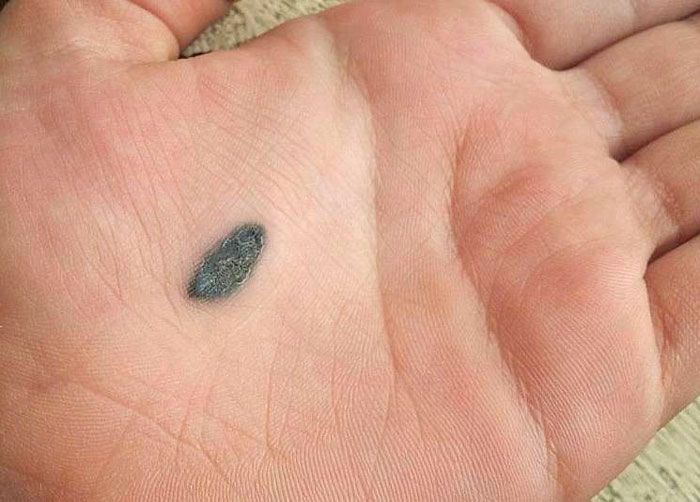Go for the Glory: Pediatrics Quiz
Take this week's quiz and test your diagnostic and therapeutic skills.
Test your skills in this 5-question quiz, starting here.
QUESTION 1:

For the discussion, click here.
Click here for the next question.
QUESTION 2:

For the discussion, click here.
Click here for the next question.
QUESTION 3:

For the discussion, click here.
Click here for the next question.
QUESTION 4:


A 57-day-old girl initially had a rash on her face and scalp. When she was 1 year old, she was brought to the emergency department with fever and rash; laboratory test results-CBC count, blood and urine cultures, and urinalysis-were normal. A month later, a whitish coating developed on her lips and tongue. At age 19 months, the girl had dark plaques and edema all over her body, poor dentition, ichthyosiform rash with fine scale, and spoon-shaped nail changes. A punch biopsy showed dermal fibroplasia, dermal melanophages, and interface dermatitis.
For the discussion, click here.
Click here for the next question.
QUESTION 5:

A 17-year-old girl with mild acne, anxiety, and depression presented with a persistent left ankle bruise. The lesion had appeared almost 2 years earlier following an injury. Her history included menorrhagia and frequent nosebleeds. Two months later, the discoloration had not faded, and the girl reinjured her ankle. The patient was taking escitalopram, olanzapine, and minocycline.
For the discussion, click here.
ANSWER KEY:
Question 1. Answer: b
Question 2. Answer: c
Question 3. Answer: d
Question 4. Answer: a
Question 5. Answer: d
Recognize & Refer: Hemangiomas in pediatrics
July 17th 2019Contemporary Pediatrics sits down exclusively with Sheila Fallon Friedlander, MD, a professor dermatology and pediatrics, to discuss the one key condition for which she believes community pediatricians should be especially aware-hemangiomas.